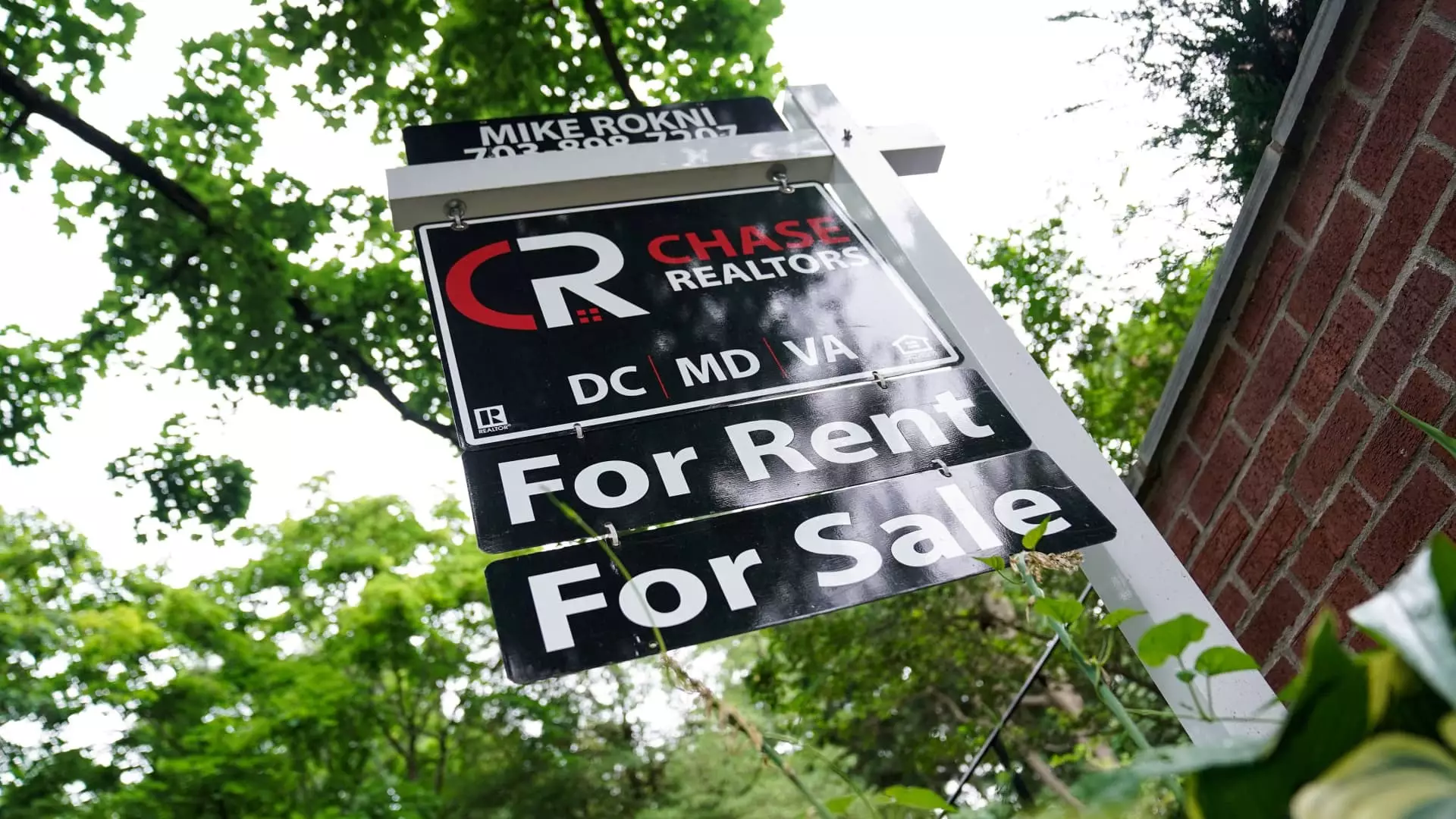The U.S. housing market has displayed a palpable stagnation in recent months, with home sales reaching their lowest levels in over a decade. According to the National Association of Realtors, September saw a slight decline in sales of previously owned homes, which fell by 1% from August. This brings the seasonally adjusted, annualized sales rate down to 3.84 million units, a figure not seen since October 2010. Moreover, this figure reflects a 3.5% decrease from sales figures recorded in September of the previous year, showcasing a consistent downtrend in the market.
An analysis of regional data indicates a disparity in sales performance across the United States. While three out of four regions observed declines in home sales, the West region bucked this trend, experiencing a modest increase. This uneven performance highlights that while the overall market is weak, localized dynamics can still create pockets of growth. This data, primarily reflecting contracts initially signed in July and August, suggests that factors influencing sales may be cyclical and affected by broader economic conditions.
Mortgage rates have experienced fluctuations, starting July around the 7% mark for a 30-year fixed loan and gradually decreasing to just below 6.5% by the end of August. This recent drop is significant, as current rates are more than a percentage point lower compared to rates from the same period last year. However, despite favorable mortgage conditions, the sustained stagnation in sales—remaining around a four-million-unit pace over the past year—raises questions about consumer confidence and purchasing power in today’s economy.
On a more positive note for prospective buyers, there has been a 1.5% increase in housing inventory month-on-month, which totals approximately 1.39 million available homes as of the close of September. This equates to a 4.3-month supply at the current sales pace, up 23% from a year earlier. As recognized by Lawrence Yun, the chief economist for the National Association of Realtors, a rise in inventory presents more options for buyers. However, it’s crucial to note that the availability of distressed properties remains minimal, as the national mortgage delinquency rate continues to hover at historically low levels.
Despite a more significant supply of homes, prices continue to rise due to persistent low inventory levels. The median price for existing homes sold in September reached $404,500, reflecting a year-over-year increase of 3% and marking the 15th consecutive month of price appreciation. The continued dominance of cash transactions, which accounted for 30% of sales in September compared to the pre-COVID average of 20%, further underscores the competitive nature of the current market. Interestingly, investor participation in the market has declined slightly, indicating a shift in buying behavior and potential market cooling.
Despite these market trends, first-time home buyers face persistent challenges. Their representation in the market declined to just 26% in September, underscoring the difficulties many first-time buyers encounter in affording homes amid rising prices and competition from cash buyers. As homes now tend to linger on the market for an average of 28 days—up from 21 days a year prior—those entering the market for the first time may feel increasingly priced out, raising concerns for the future health of the housing market.
While there are signs of increased inventory and fluctuating mortgage rates, many broader economic factors contribute to persistent stagnation in home sales, particularly affecting demographics such as first-time buyers. The interplay of these elements will be crucial to monitor as we move forward into the coming months.

